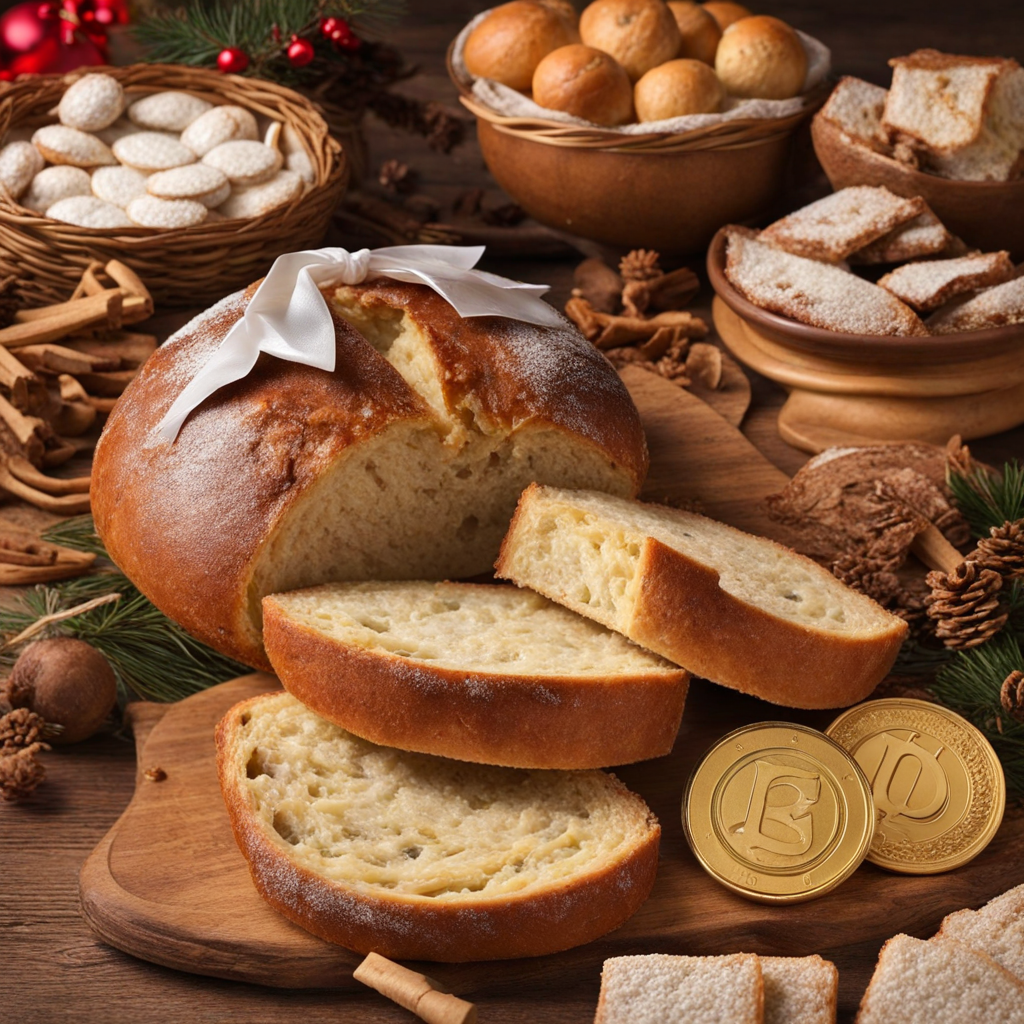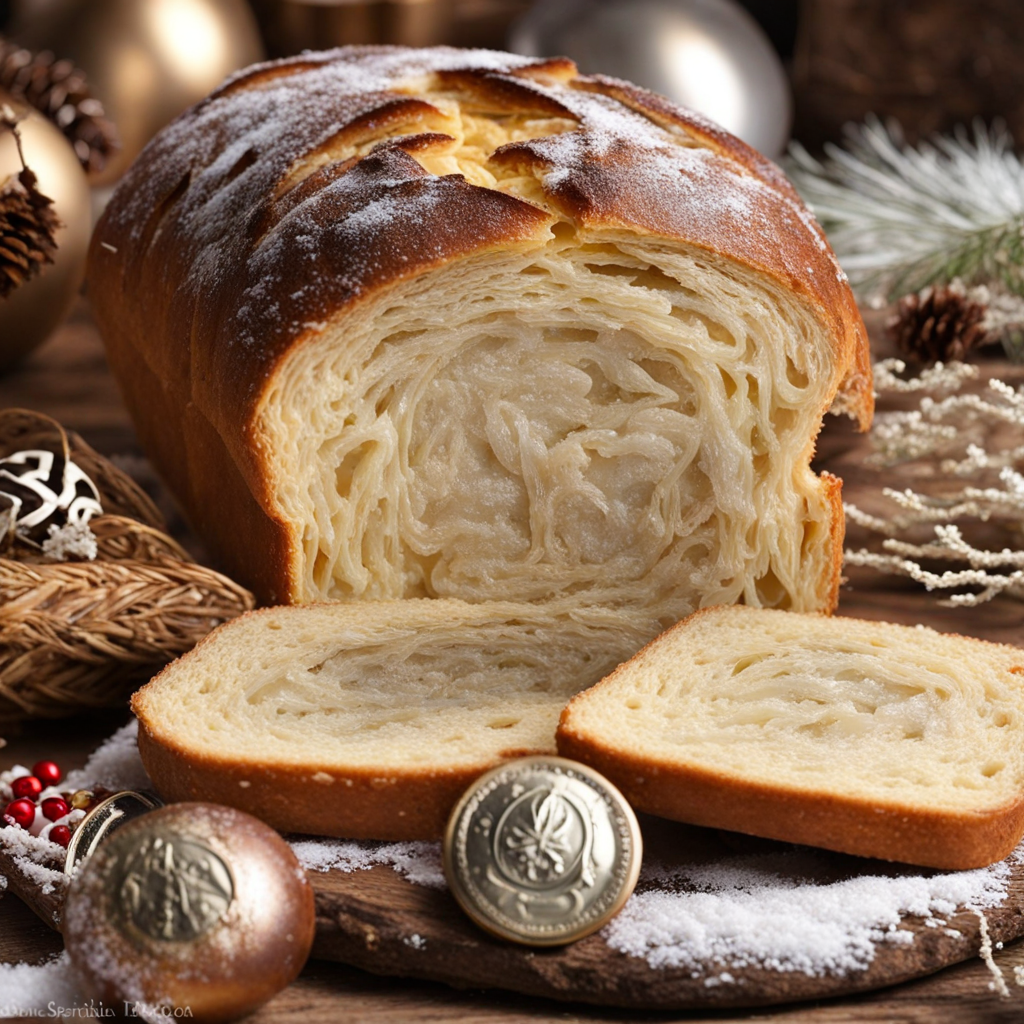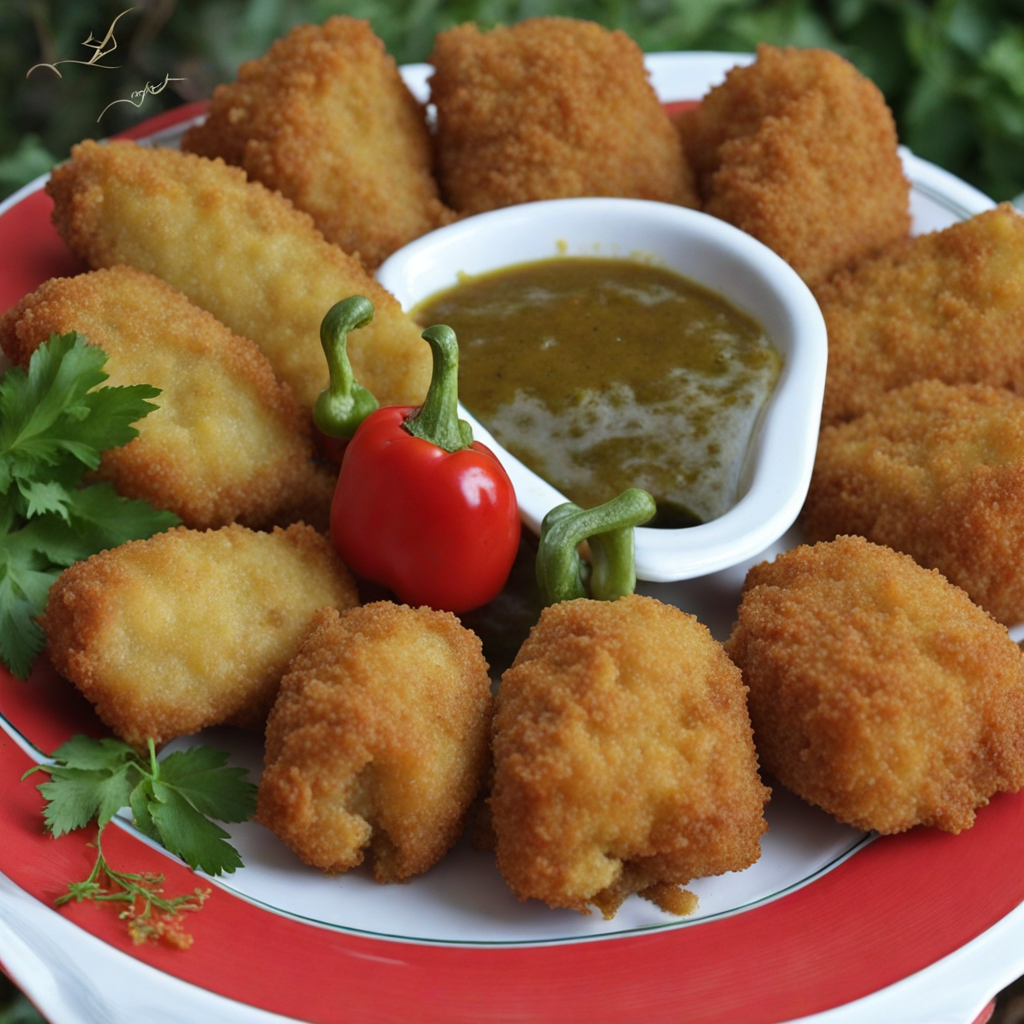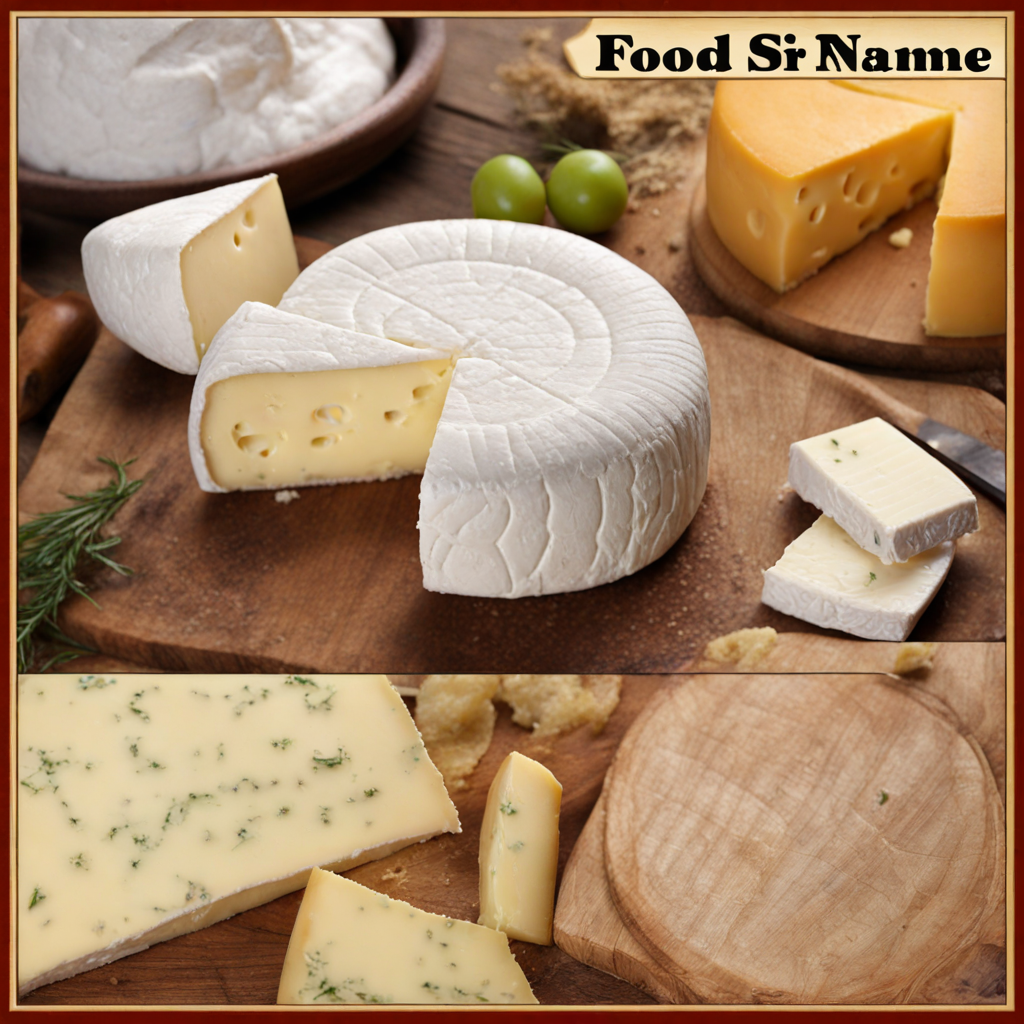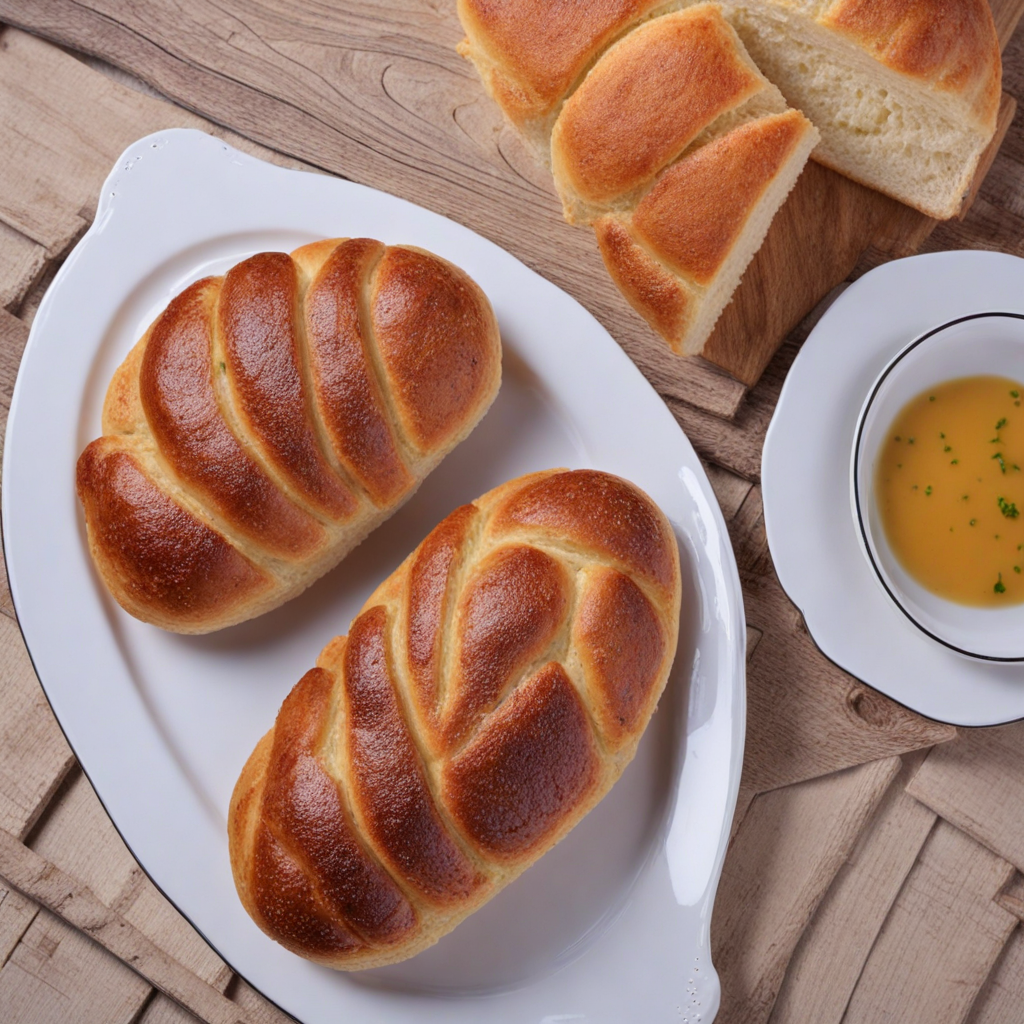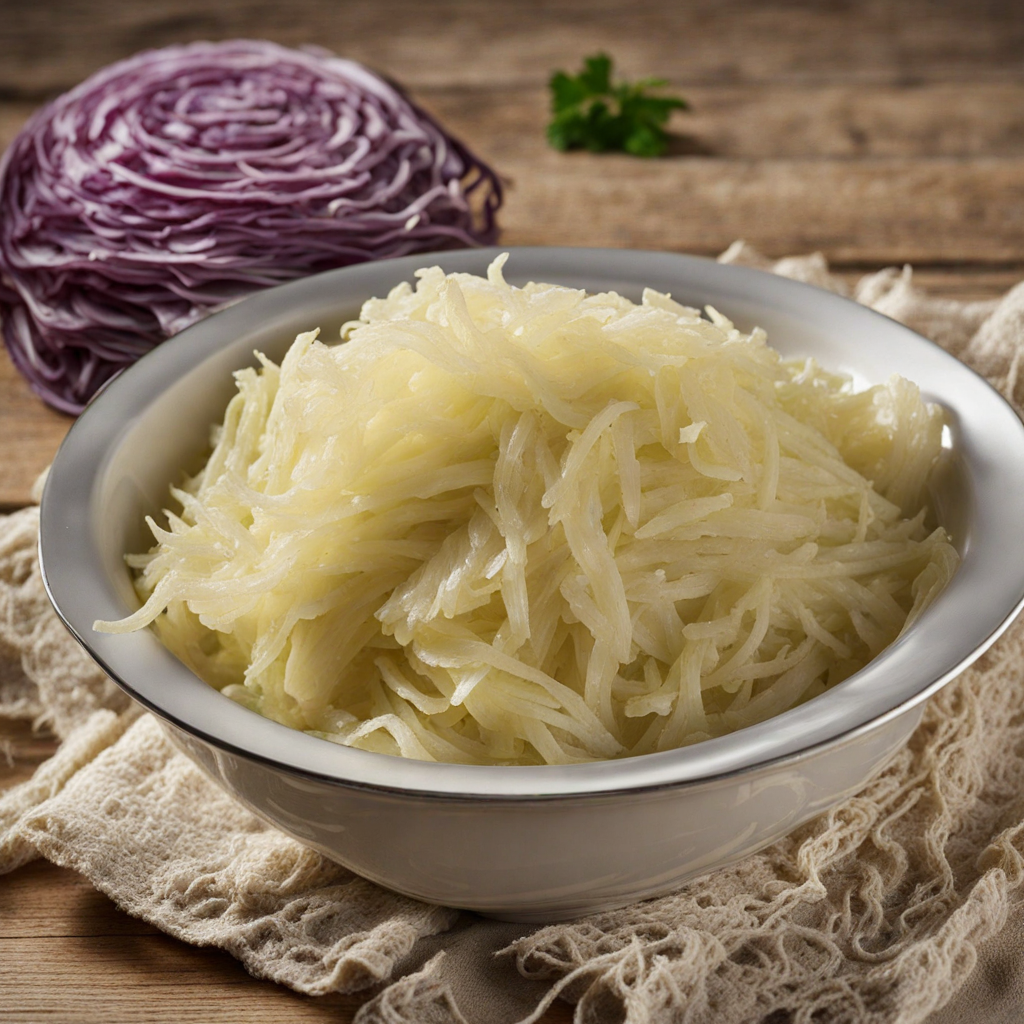Česnica
Česnica is a traditional Serbian bread that holds deep cultural significance, particularly during the Christmas celebrations. This round loaf is typically made from simple ingredients like flour, water, salt, and yeast, yet it transforms into a symbol of unity and prosperity. The bread is often baked until it develops a golden-brown crust, while the inside remains soft and fluffy. The process of making Česnica usually involves a communal effort, bringing families together to knead the dough, share stories, and create memories, enhancing its importance beyond mere sustenance. What sets Česnica apart from other breads is the custom of hiding a coin or a small token inside the loaf. As the family breaks the bread during the Christmas meal, whoever finds the token is believed to have good luck and fortune in the coming year. This delightful ritual adds an element of excitement and anticipation to the feast, making the bread not just a culinary delight but also a cherished part of family traditions. The flavor is mildly yeasty, with a slight sweetness that perfectly complements savory dishes typically served alongside it. Enjoying Česnica is an experience that goes beyond taste; it embodies the spirit of togetherness and celebration. The bread is often served with a variety of traditional Serbian dishes, making it a versatile accompaniment. Whether enjoyed plain, with a smear of butter, or used to mop up hearty stews, Česnica is a beloved staple that captures the essence of Serbian hospitality. For those looking to explore new flavors, the simple yet profound taste of Česnica offers a portal into the rich cultural tapestry of Serbia.
How It Became This Dish
The Rich History of Česnica: A Serbian Culinary Tradition #### Origins and Meaning Česnica, a traditional Serbian bread, holds a special place in the hearts and homes of the Serbian people, particularly during the celebration of Christmas. The name "Česnica" comes from the Serbian word "čestiti," meaning "to share," which is indicative of its role in fostering community and familial bonds during festive occasions. The bread symbolizes unity, abundance, and the spirit of giving, making it a cornerstone of Serbian Christmas traditions. The origins of Česnica can be traced back to the ancient Slavic customs and pre-Christian rituals. Bread has always been a fundamental food in Slavic culture, associated with life, sustenance, and spiritual significance. In the context of Christmas, Česnica represents the culmination of a year’s hard work and the hope for prosperity in the coming year. Traditionally, it is baked on Christmas Eve, known as "Badnji Dan," and is a key element in the Christmas Eve supper. #### Cultural Significance The preparation and consumption of Česnica are steeped in rich symbolism and ritual. It is customary for the head of the household to bake the bread, often with the assistance of family members, creating a communal atmosphere. The dough is typically made from simple ingredients: flour, water, salt, and yeast, but sometimes a coin is hidden within the bread, adding an element of surprise and anticipation to the festivities. The act of breaking Česnica during the Christmas meal is significant in itself. Once the bread is baked, it is blessed and then broken into pieces. Each family member receives a portion, and the bread is often accompanied by a prayer for health, happiness, and prosperity. The person who finds the hidden coin is believed to have good luck in the upcoming year, and this tradition fosters a sense of hope and positivity. In a broader cultural context, Česnica serves as a reminder of the importance of family and community support. It emphasizes the values of sharing and generosity that are central to Serbian culture. The act of breaking bread together strengthens familial ties and nurtures a sense of belonging, especially during such a significant holiday. #### Development Over Time The tradition of Česnica has evolved over centuries, influenced by various historical, social, and geographical factors. In medieval Serbia, the bread was often larger and more elaborate, sometimes adorned with intricate designs that represented the family's status or wealth. However, as the country faced various political and economic challenges, the recipes and practices surrounding Česnica became simpler and more homogenous, reflecting the rural lifestyle of many Serbian families. In the 19th century, as Serbia experienced national revival and cultural resurgence, there was a renewed interest in folk traditions, including culinary practices. Ethnographers and cultural historians began documenting traditional recipes and customs, which helped solidify the place of Česnica within the Serbian identity. The bread was not only a culinary staple but also a symbol of national pride and heritage. With the influence of globalization and modernization in the late 20th and early 21st centuries, the preparation and consumption of Česnica have seen some changes. Urbanization has led many families to adopt quicker, more convenient methods of preparation, with some opting for store-bought bread instead of making it from scratch. However, the essence of the tradition remains intact, as families still gather to celebrate Christmas, cherishing the shared experience and the values that Česnica represents. In recent years, there has been a revival of interest in traditional cooking and artisanal bread-making, particularly among younger generations. Many Serbian families are returning to the practice of baking Česnica at home, often incorporating personal touches or regional variations. This renaissance reflects a broader trend toward valuing traditional culinary practices as a means of preserving cultural identity in an increasingly globalized world. #### Regional Variations While the basic recipe for Česnica remains consistent across Serbia, regional variations do exist, influenced by local ingredients and customs. In some areas, the bread may be flavored with honey or adorned with seeds or nuts, while others might incorporate specific herbs or spices. These variations enrich the tradition and highlight the diversity within Serbian culinary practices. In addition to regional differences, some families have begun to incorporate modern twists into the traditional recipe, experimenting with whole grain flours or gluten-free alternatives to adapt to contemporary dietary preferences. Such adaptations demonstrate the versatility of Česnica and its ability to evolve while still honoring its rich heritage. #### Conclusion Česnica is much more than just a loaf of bread; it is a symbol of Serbian culture, community, and the enduring power of tradition. Its preparation and consumption during Christmas serve to reinforce familial bonds and cultural identity, reminding the Serbian people of the importance of sharing and generosity. Throughout its history, Česnica has adapted to changing times while maintaining its core significance, proving that some traditions are resilient and can thrive even in a modern context. As Serbian families continue to gather around the table to break Česnica, they not only celebrate their heritage but also create new memories, ensuring that this cherished tradition will be passed down through generations. The spirit of Česnica embodies the essence of Serbian culture, where food, family, and faith intertwine to create a tapestry of rich history and cultural significance. In a world that often feels fragmented, the act of sharing Česnica remains a profound reminder of the values that bind us together.
You may like
Discover local flavors from Serbia


